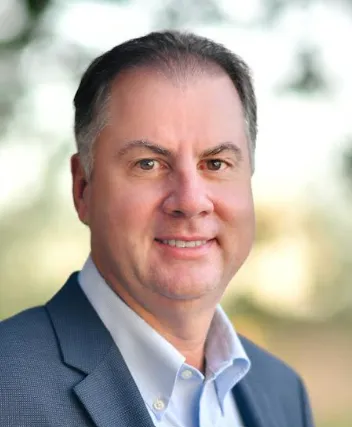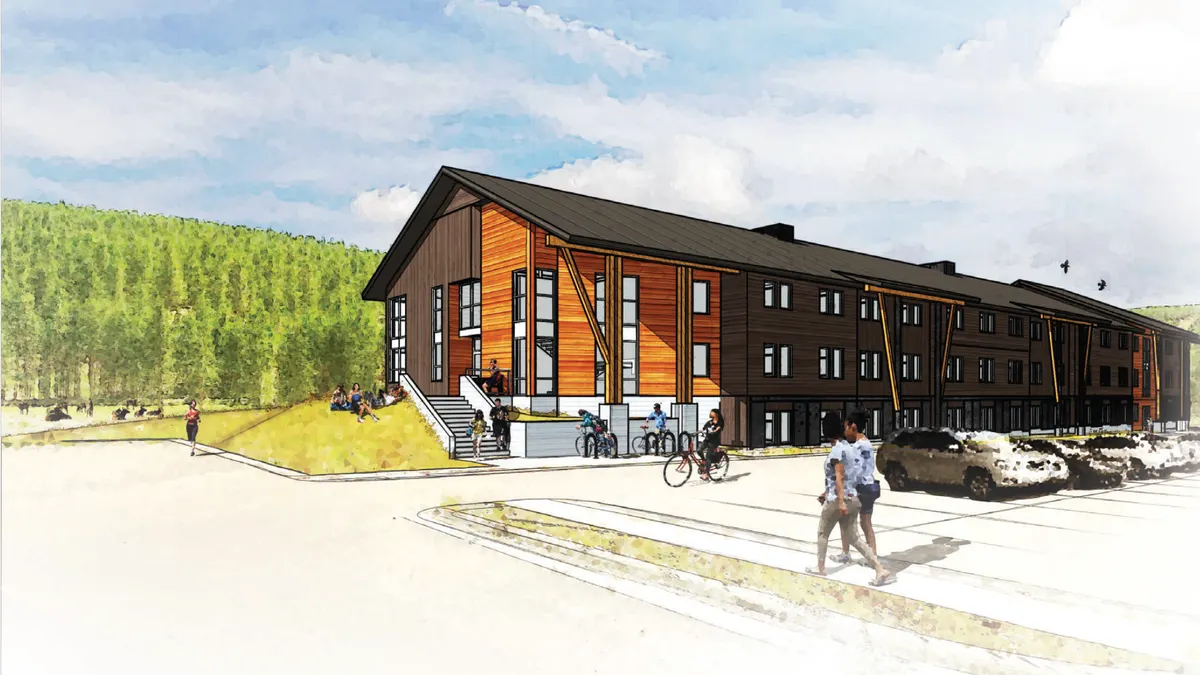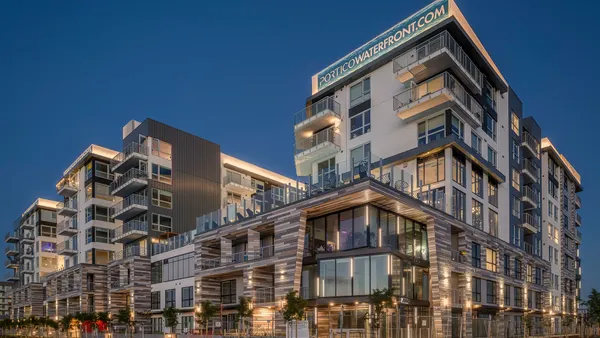Ernesto Lopes has ambitious plans.
Lopes, the president and CEO of Miami-based developer Resia (formerly known as AHS Residential), wants to deliver 8,000 new apartments in the Sun Belt annually by 2025. If the company had built that many apartments in 2021, it would have ranked No. 3 on the National Multifamily Housing Council’s Top 25 developers.
Resia, which entered the Dallas metro with the 336-unit Resia Dallas West, aims to provide moderately priced new housing without government subsidy. “We are solving one of the major issues that the country faces, which is housing affordability,” Lopes told Multifamily “There is a huge need for what we're doing. So we're very bullish on the demand for our product.”
Here, Lopes talks with Multifamily Dive about how he builds more efficiently, challenges he faces and how to fix labor issues.
This interview has been edited for brevity and clarity.
MULTIFAMILY DIVE: How do you build moderately priced apartments without government subsidy?
ERNESTO LOPES: There is not one factor. It's an entire business model that starts with us being vertically integrated. We buy unentitled land and we go through zoning changes and the approval processes.

The second important thing is that we have a standardized product. The core of our buildings are exactly the same. We have only one type of one bedroom, one type of two bedroom and one type of three bedroom. They're all standardized.
And, they're modular, which allows us to create efficiencies by repetition — building the same thing over and over and over. We also have a construction system that utilizes concrete instead of wood. And, we have these concrete forms that are very efficient. So we build it faster and we reduce a lot of time on the construction cycle. We have economies of scale. We can also save on the design because it's always the same building.
What challenges are you facing as you aim to reach your goal of 8,000 units a year?
We have a business model that allows us to deliver a good, quality product for families making between $45,000 and $95,000 per year. That is exactly where the need is. We feel like we can fill that gap, but it’s not without challenges.
We are preparing ourselves to expand by not just the number of units but also geographically as well. So training the workforce is a challenge. We already have operations in three states, four major metropolitan areas and about 18 different municipalities. So, we already have a pretty good grasp on how to scale geographically. And we’re replicating this business model. Usually, the first few projects in a new market are more challenging, but they get easier as people — the network work of subcontractors and suppliers — get to know us.
Labor is an issue for a lot of contractors and developers. How are you dealing with those issues?
It’s hard to find skilled labor — electricians, plumbers and mechanical. When you find it, you’ve got to pay more and the quality is not always there. The construction workforce’s median age is high and a lot of people are retiring every day. We don't see a new workforce being formed.
Immigration provides a lot of this workforce and we're not seeing that coming back. There are also other problems. Construction is hard work and the sun is hot. If you can make $15 or $20 an hour working for Walmart, Amazon or McDonald's, you're not going into construction. So there is a lot of competition for unskilled labor. So we have to pay a lot more. That is a big part of the inflation issues worldwide.
What is happening with materials right now?
There are issues worldwide with cement and that's an ingredient for concrete. So we're starting to see some challenges, especially with our product because we do a lot of things with concrete. So it has been challenging. It hasn't delayed any of our projects yet, but there is a challenge with the supply chain in that area.
How do you think these labor issues can be fixed? Would changes in immigration policy help?
We need to do something with immigration for sure. But I think we neglect that the technical schools and the trade schools are not there anymore. There is not really an incentive for people to do this training and become plumbers and electricians. We have also seen that a lot of them are learning on the job. The quality of that labor is decaying. And I think it's going to be a major problem. It's like a ticking time bomb in the industry.
Click here to sign up to receive multifamily and apartment news like this article in your inbox every weekday









